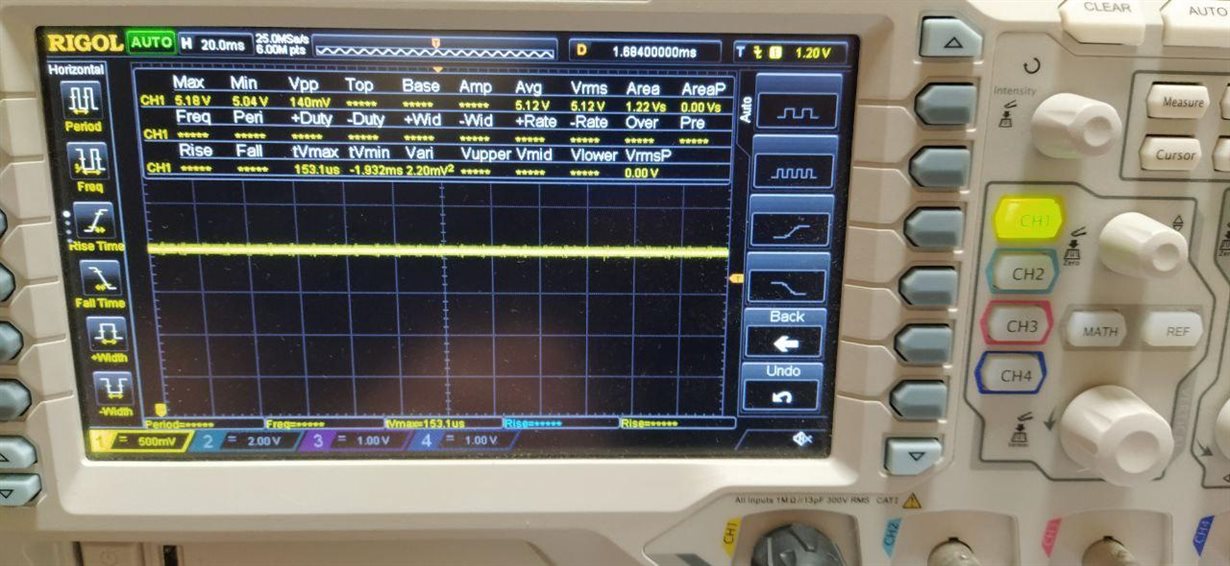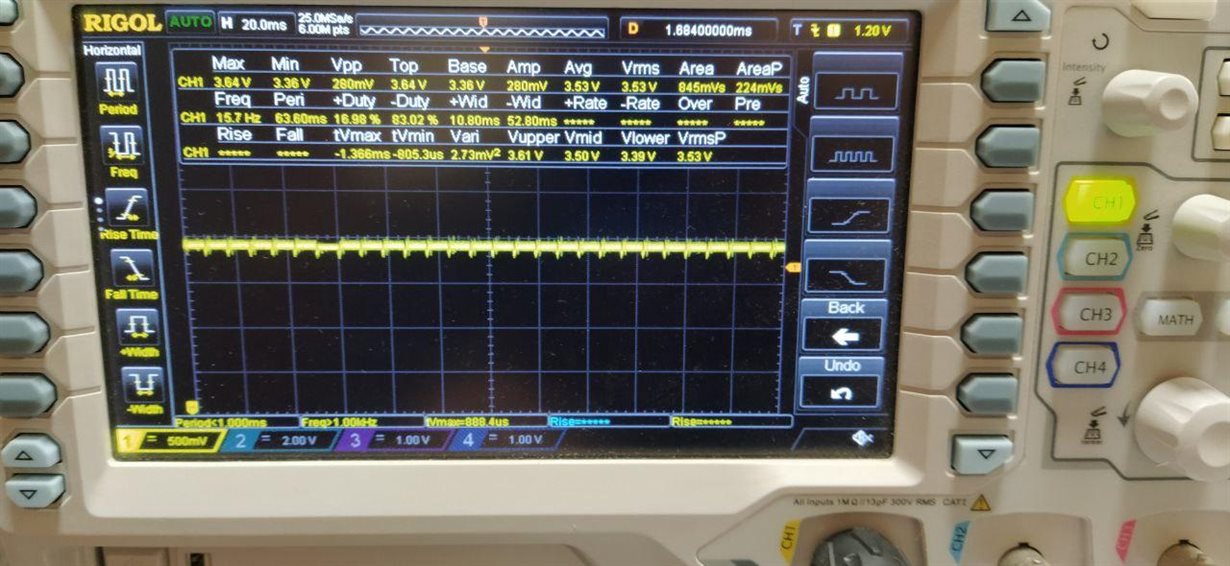Other Parts Discussed in Thread: TPS61023, TPS61253A
Hi, i have a problem with the noise produced by the Inductor of the boost. Its audible and affect on the Audio output of the circuit.
Note: the 1pf capacitor on the feedback resistors its not soldered, C25 on the schematic.
This its my circuit at this moment, as you see i force the mode to PWM to solve about 60% of the problem, but when the input reaches low voltages near to 3V (its a Lipo 1 CELL the battery input of the circuit) it starts to emite audible Noise.
The charge of the circuit its a computer module 3 from raspberry pi, so we will have a minimum load of 0,5A on the 5V lane, and a maximum of 3A. In theory the datasheet sais thad from a LiPo battery this integrated can offer 0 to 3A without any problem, and it works really good, but the problem for me its the inductor.
It's my inductor a bad choise maybe?, its a VLS6045EX-1R0N, and following the specification of the datasheet it should be valid for the design.... or i am wrogn?
The parameters of the Inductor are as follows:
| Part Status | Active | |
|---|---|---|
| Type | Wirewound | |
| Material - Core | Ferrite | |
| Inductance | 1µH | |
| Tolerance | ±30% | |
| Current Rating (Amps) | 6A | |
| Current - Saturation | 12A | |
| Shielding | Shielded | |
| DC Resistance (DCR) | 16mOhm Max |
Any help would be appreciated, regards Carlos.



